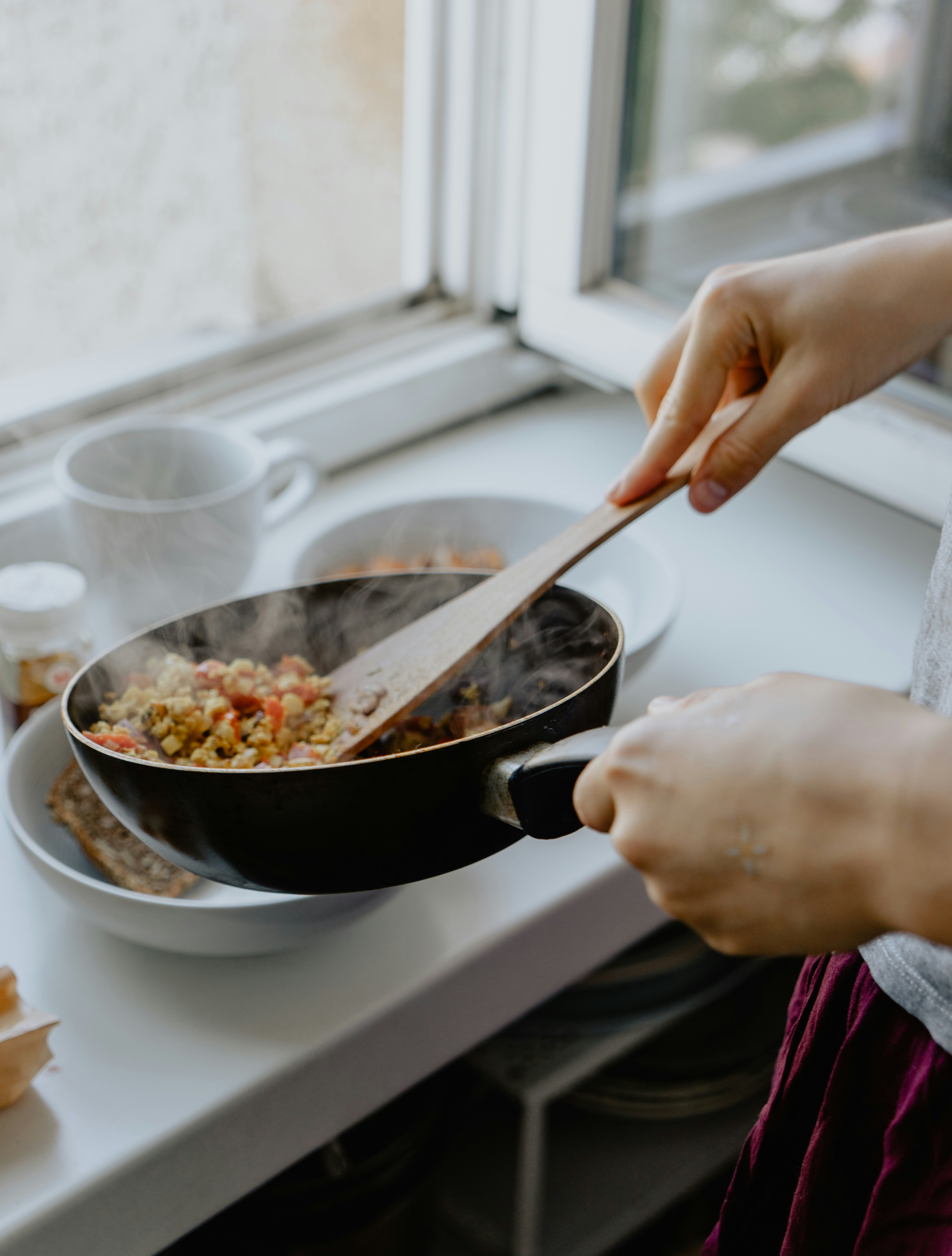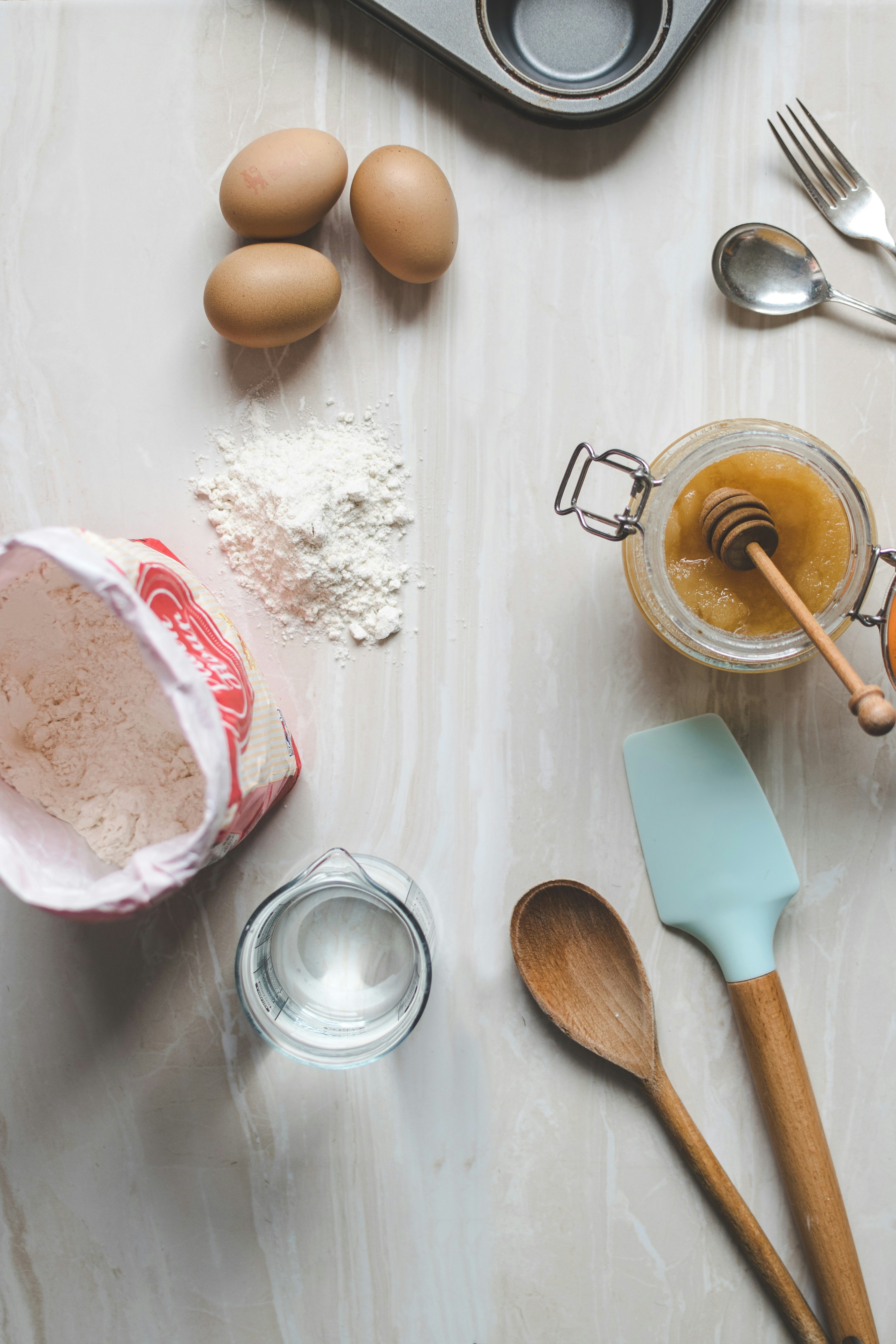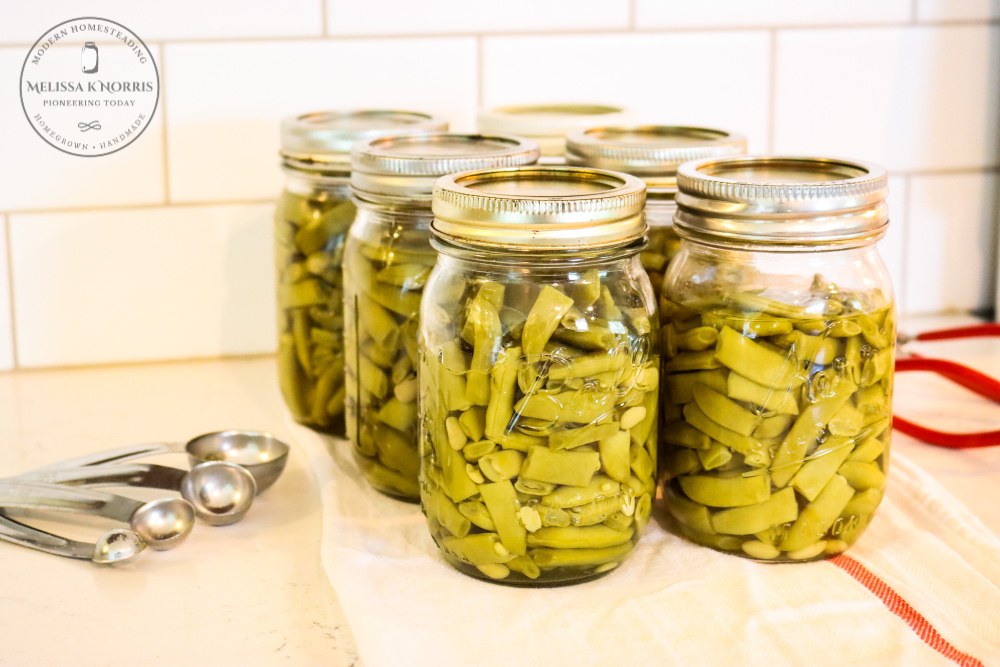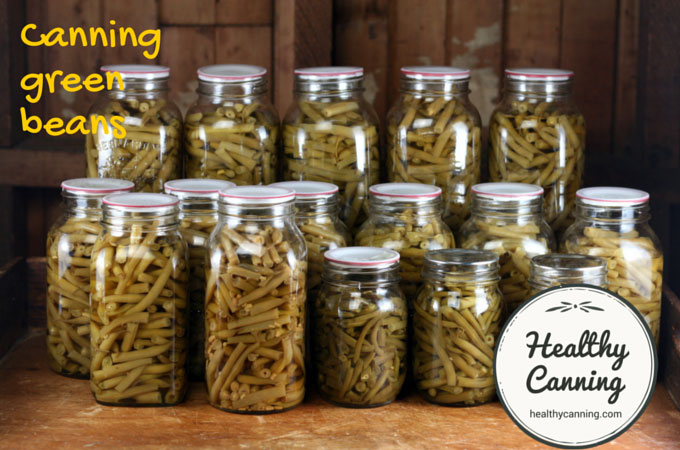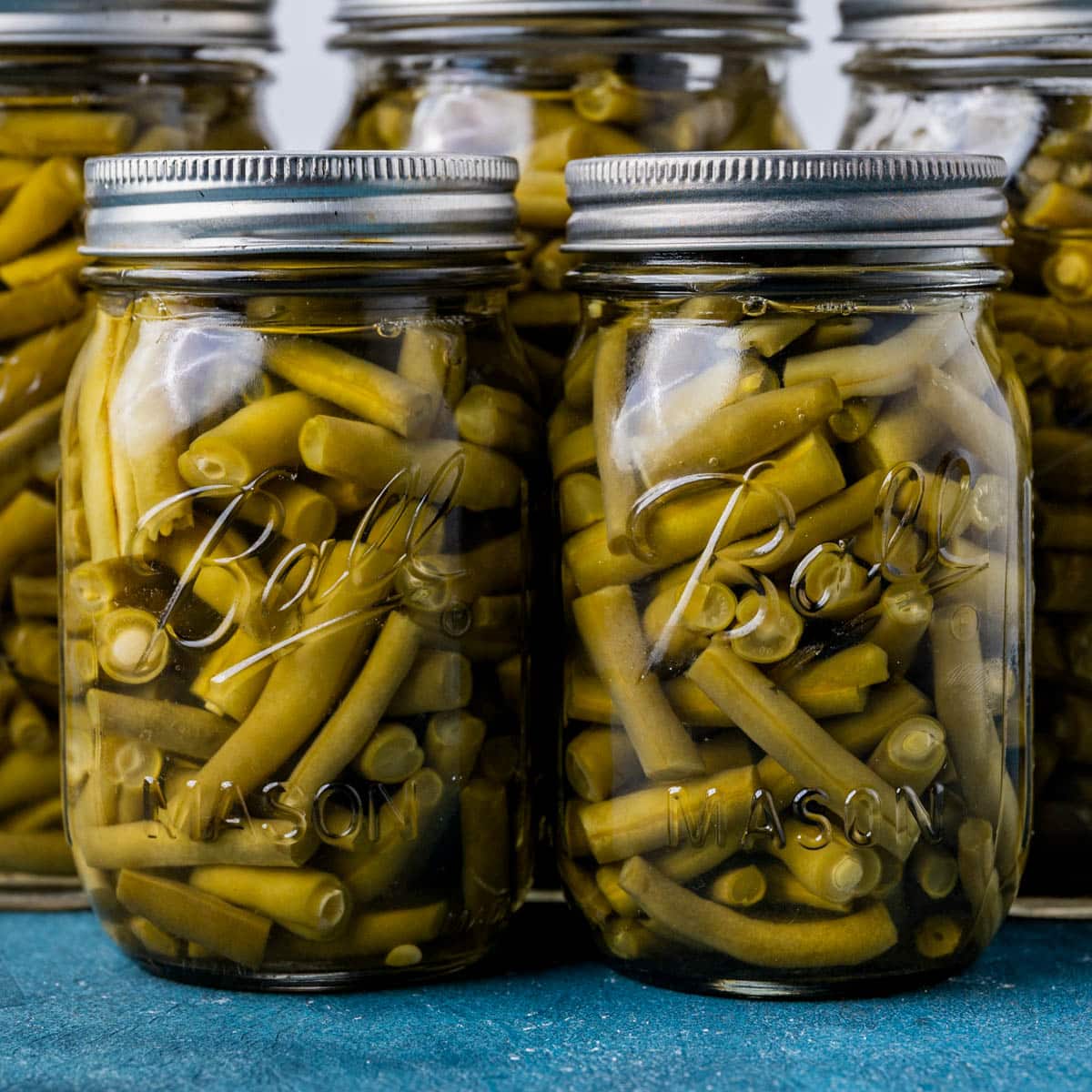Canning jars are not just for preserving food anymore. These versatile glass containers have become a popular choice for DIY enthusiasts who enjoy repurposing and upcycling. Instead of throwing away empty canning jars, why not transform them into functional and decorative items? In this article, we will explore innovative ways to reuse canning jars beyond their traditional purpose.
1. Storage Containers:
Empty canning jars can make excellent storage containers for various items. Remove the lids and use them to store dry goods like rice, pasta, and spices in your pantry. You can also attach the lids to the bottom of a shelf or cabinet to create an organized storage system. If you have a craft room, use canning jars to store buttons, beads, or small crafting supplies.
2. Candle Holders:
Canning jars can be transformed into beautiful candle holders. Clean the jars thoroughly and remove any labels or sticky residue. Place a candle inside the jar, and you have an instant ambiance for a cozy evening or a special event. You can also get creative by adding decorative elements such as twine, ribbon, or lace to the jar to enhance its visual appeal.
3. Flower Vases:
Why spend money on expensive vases when you can easily create your own with canning jars? Clean the jars and remove the lids. Fill them with water, then add your favorite flowers. You can display these homemade vases on your dining table, windowsill, or even use them as centerpieces for weddings or other special occasions. To add a personal touch, consider painting the jars or tying a ribbon around the neck.
4. Bathroom Organization:
Canning jars are perfect for organizing bathroom essentials. Use them to store cotton balls, Q-tips, bath salts, or even toothbrushes. You can attach the lids to the underside of a shelf or cabinet to create a storage solution that keeps everything within reach while keeping your countertop clutter-free.
5. DIY Soap Dispenser:
Transform a canning jar into a rustic soap dispenser. All you need is a pump dispenser lid that fits the mouth of the jar. Fill the jar with liquid soap, insert the pump dispenser, and tighten it securely. This creative and practical solution will add a touch of charm to your kitchen or bathroom sink.
6. Party Decorations:
Canning jars can be used as unique party decorations. Fill them with colored sand, decorative stones, or even fairy lights to create a whimsical atmosphere. You can also use them as individual serving containers for desserts or beverages during gatherings.
7. Herb Garden:
If you enjoy gardening, canning jars can be repurposed to create a mini herb garden. Attach the jars to a wooden board or hang them using metal brackets. Fill each jar with soil and plant your favorite herbs. Hang the jar herb garden in your kitchen for easy access to fresh herbs while adding a touch of greenery to your space.
Preserving the Harvest: Tips and Tricks for Successful Canning with Mason Jars
Now that we've explored creative uses for empty canning jars let's dive into preserving techniques. Preserving the harvest is a perfect way to enjoy the flavors of summer all year round. Canning fruits, vegetables, and other ingredients allows you to store and savor the freshness long after the growing season has ended. Here are some valuable tips and tricks for successful canning using Mason jars.
1. Prepare the Jars:
Ensure the jars are clean and free from any cracks or chips. Wash them in hot, soapy water and rinse thoroughly. Check for airtight seals by running your finger around the rim of the jar, ensuring there are no nicks or rough edges that could prevent a proper seal.
2. Choose the Right Canning Method:
There are two main canning methods: water bath canning and pressure canning. Water bath canning is suitable for high-acid foods such as fruits, jams, and pickles, while pressure canning is necessary for low-acid foods such as vegetables, meats, and soups. Follow the appropriate method for the type of food you are canning to ensure safety and longevity.
3. Ensure Proper Sealing:
Proper sealing is crucial for successful canning. After filling the jars with your preserved food, wipe the rims clean to remove any residue. Place the lids on top and screw the bands finger-tight. Process the jars according to your chosen canning method. Once the jars have cooled, check the seal by pressing down on the center of the lid. If it pops back up, the jar did not seal properly and should be refrigerated or reprocessed.
4. Store in a Cool, Dark Place:
After the jars have sealed, store them in a cool, dark place such as a pantry or cellar. Excessive heat and sunlight can shorten the shelf life of your preserved foods. Aim for a temperature between 50 and 70 degrees Fahrenheit for optimal storage conditions.
By following these tips and tricks, you will be able to safely and effectively preserve your harvest using canning jars. Enjoy the satisfaction of opening a jar of homemade goodness in the midst of winter, and savor the flavors of summer all year long.
In conclusion, canning jars are not just for canning and preserving food. They can be repurposed and upcycled into practical and decorative items for various uses. From storage containers and candle holders to flower vases and party decorations, the possibilities are endless. Additionally, by applying the tips and tricks for successful canning, you can safely preserve your harvest and enjoy the taste of fresh ingredients year-round. Embrace the versatility and sustainability of canning jars in your DIY projects and preserving endeavors.


